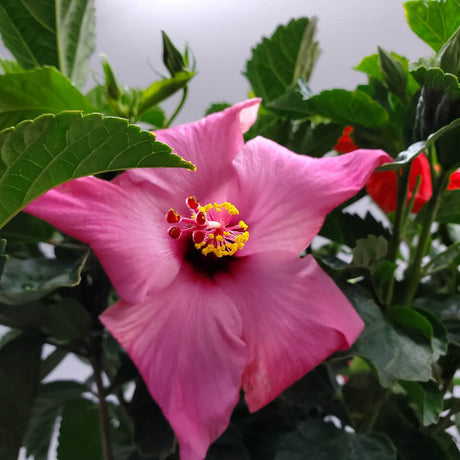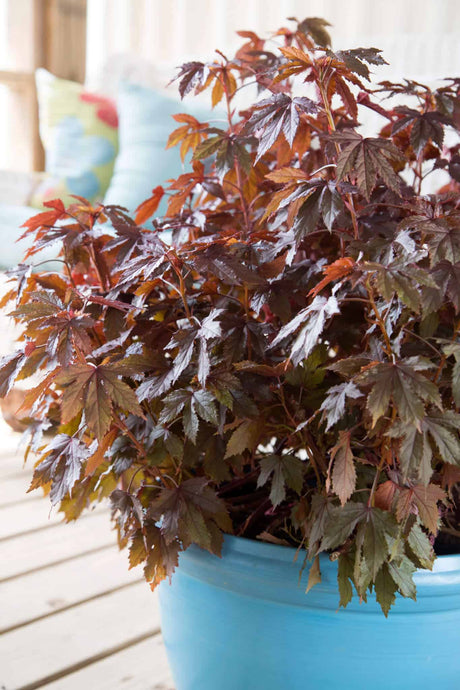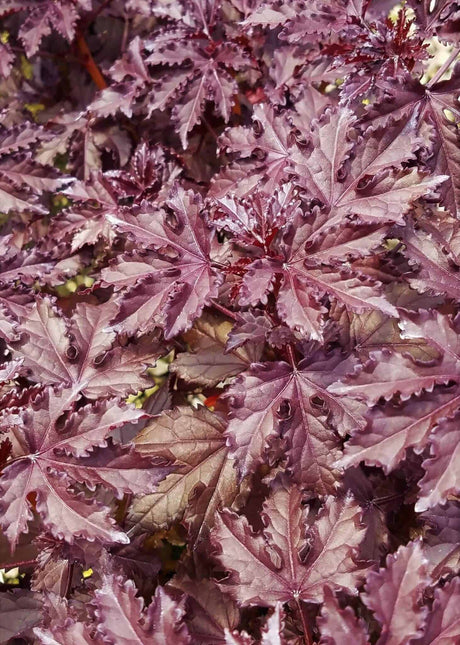FiltersFilter & Sort
- Sold out
- Sold out
- Sold out
Hibiscus plants are known for their showy and vibrant flowers, making them a popular choice for gardeners who want to add color and beauty to their outdoor spaces.
Types of Hibiscus Plants
There are many types of hibiscus plants, with varying flower colors, sizes, and growth habits. Some popular varieties include:
- Tropical Hibiscus - This variety has large, showy flowers that can be found in a variety of colors, including red, pink, orange, and yellow.
- Hardy Hibiscus - Also known as rose mallow, this variety has large flowers that are typically white, pink, or red. They can grow up to six feet tall and are hardy in colder climates.
- Hibiscus Moscheutos - This variety is commonly known as the swamp rose mallow and has large flowers that can be white, pink, or red. They prefer moist soil and can grow up to six feet tall.
- Soil and Sunlight - Hibiscus plants prefer well-drained soil that is rich in nutrients. They also require full sunlight to produce healthy growth and vibrant blooms.
- Watering - Water your hibiscus plants regularly, especially during hot, dry weather. Be careful not to overwater, as this can cause root rot.
- Fertilizer - Use a balanced fertilizer to promote healthy growth and vibrant blooms. Fertilize every four to six weeks during the growing season.
- Pruning - Prune your hibiscus plants regularly to remove dead or damaged foliage and to promote new growth. Deadheading spent flowers can also help to encourage the plant to produce more blooms.
- Pest and Disease Control - Hibiscus plants can be susceptible to pests such as aphids and spider mites, as well as fungal diseases such as powdery mildew. Regularly inspect your plants for signs of infestation or disease, and treat with insecticidal soap or fungicide as needed.
- Winter Care - In colder climates, hibiscus plants can be brought indoors during the winter months. They should be kept in a sunny location and watered sparingly. In warmer climates, hibiscus plants can be treated as perennials and pruned back in the fall to promote new growth in the spring.














